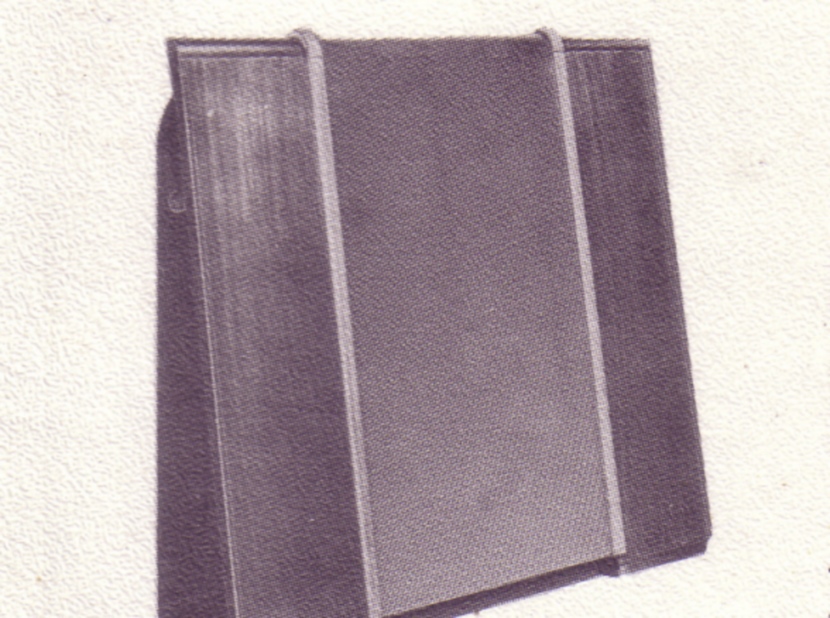adityapm
Member
The very citing of these two examples by you says that probabely you are not much into speaker engineering or you have not really played enough (or not at all) with the Altecs to know where they differ from the others. They are very different animals.The suggestions by Hari reminds me of two vintage speaker designs where woofer had no crossover. One is famous Wharfedale sand filled open baffle. Check this link:

Wharfedale SFB/3 | Inner Magazines
SFB/3s was Gilbert Briggs’ take on Peter Walker’s Quad ESL57. Today ESL57 is by far more famous, but SFB/3s has survived as a model for numerous open-back designs.www.inner-magazines.com
The second is offered by Madisound utilizing Seas drivers based on A26 vintage speakers:
Seas A26 10" 2-way Kit Pair (based on the classic A25)
Seas A26 10" 2-way Kit Pair - a new spin on a true classic! Price is for a PAIR Designed by Håvard Sollien & Diego Ivars at the SEAS R&D laboratory. Seas of Norway and Madisound are excited to provide the A26 speaker kit. This kit utilizes the A26RE4 10" classic paper cone woofer and new...www.madisoundspeakerstore.com
Both are interesting articles but serious designers don’t approve either of them. I have never personally listened to any or experimented with such simple crossovers but am quite curious as why some are die hard fans.
The Altec woofers' (the 515s, 416s, 803s) hall mark is in its magnetic coupling area. It is an example of extreme engineering. They were the first to use rectangular cross-section wires to wind the coils, in order to reduce the gap. It is so close that a standard razor blade (4 thousandth of an inch) even will not fit in it. It is so much so that while fitting it on a baffle if the pressure on each mounting bolt is not equal it will rub the coil. Even the mass of the moving parts (the paper cone, coil, spider etc which is otherwise quite low) will sag the assembly if left in position for long. That's why the speakers are rotated 180 degrees once a year to self compensate the tendency.
All this results in a very low "Q", which makes them very quick, very eager to move. I mean really quick. And this gives the Altecs their mid-range magic, which is their speciality. Their frequency response really extends a lot beyond the mid-ranges.
Woofers or any driver for that matter without crossovers are not standard but special cases. In the 70s and 80s most Japanese boxes were using this to simplify and cheapen out production costs. They were using woofers with heavy cone-assembly and higher inductance coils, both in tandem dampen out and reduce the HF response as desired. But the case here is different. Altecs used the lightest moving-parts and very low inductance coils, around 1.5 mH. These two values do not change with time, but the magnets do weaken.
In the present context, it seems to be a good choice as the user is not in a position to really go for the standard route of tortuous measurements and art (almost Black Art) of designing a crossover, whether passive or active. I personally prefer passive ones as they are capable of controlling the timber also.
The Altecs were the world industry standard for 45 years, and Hari has worked in the industry long enough to say what is only practical.


